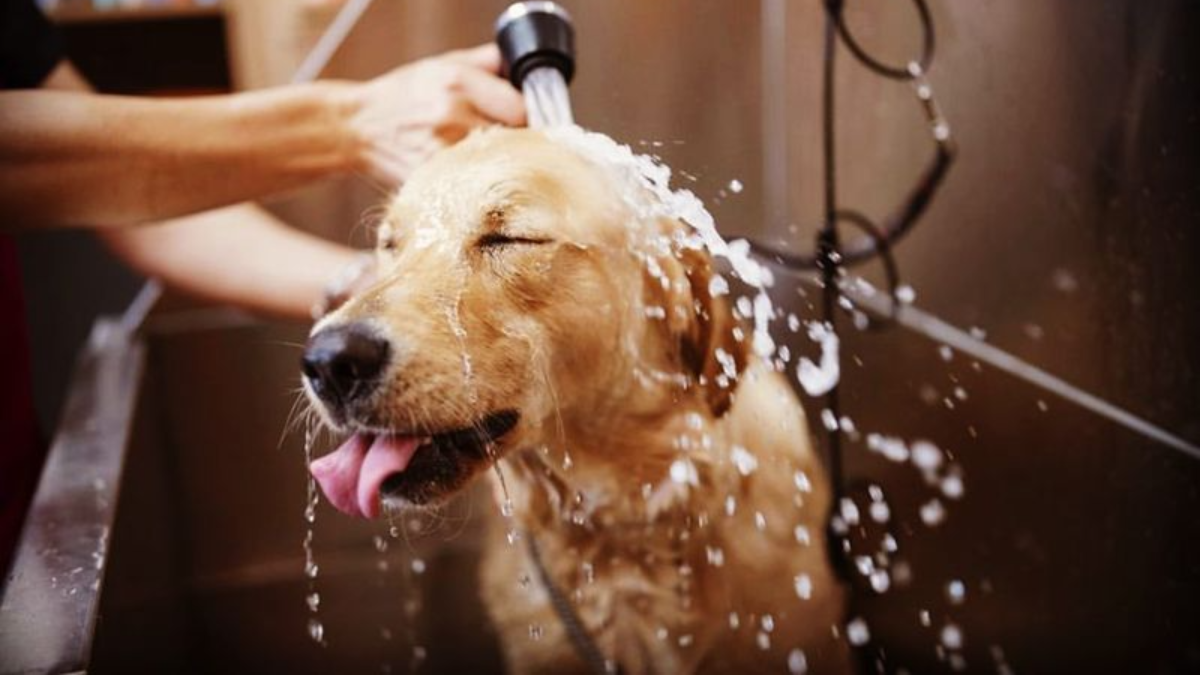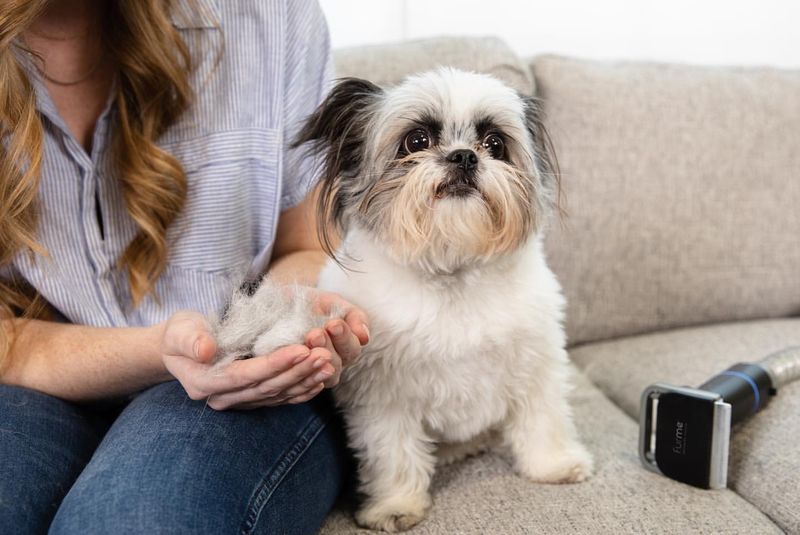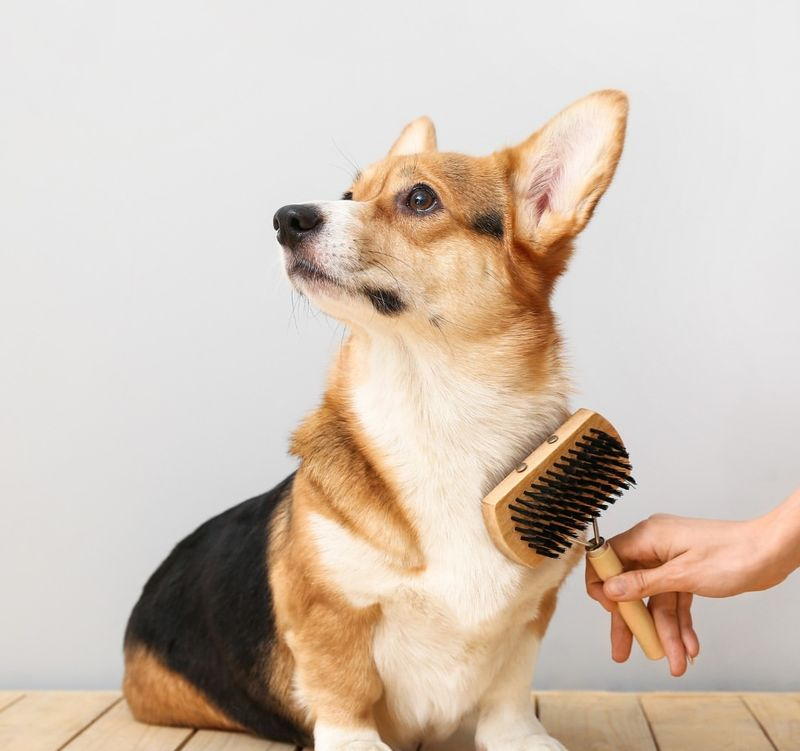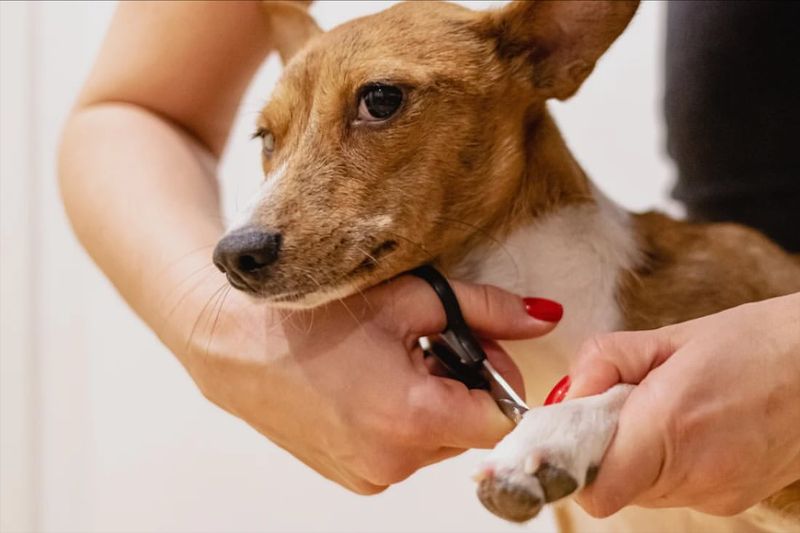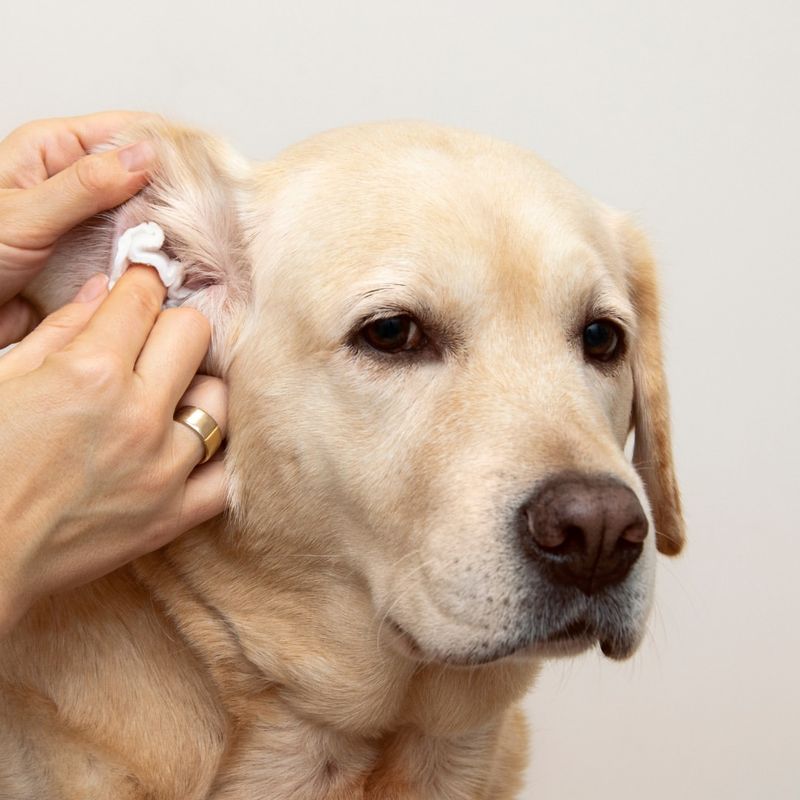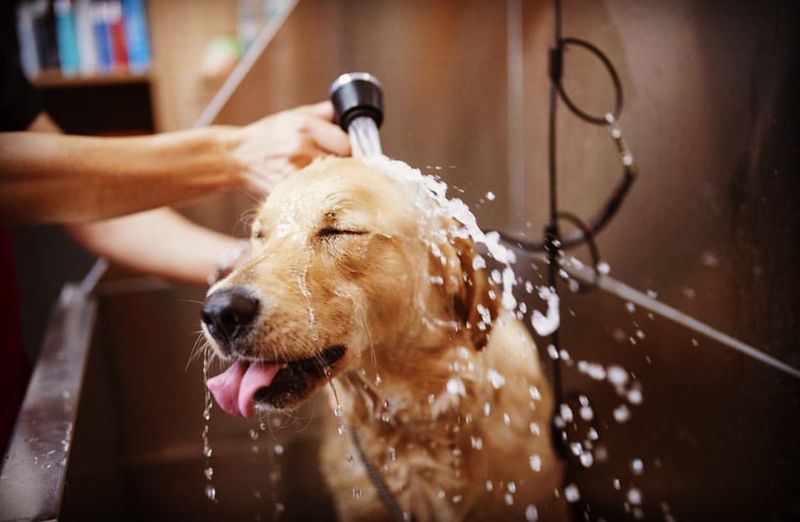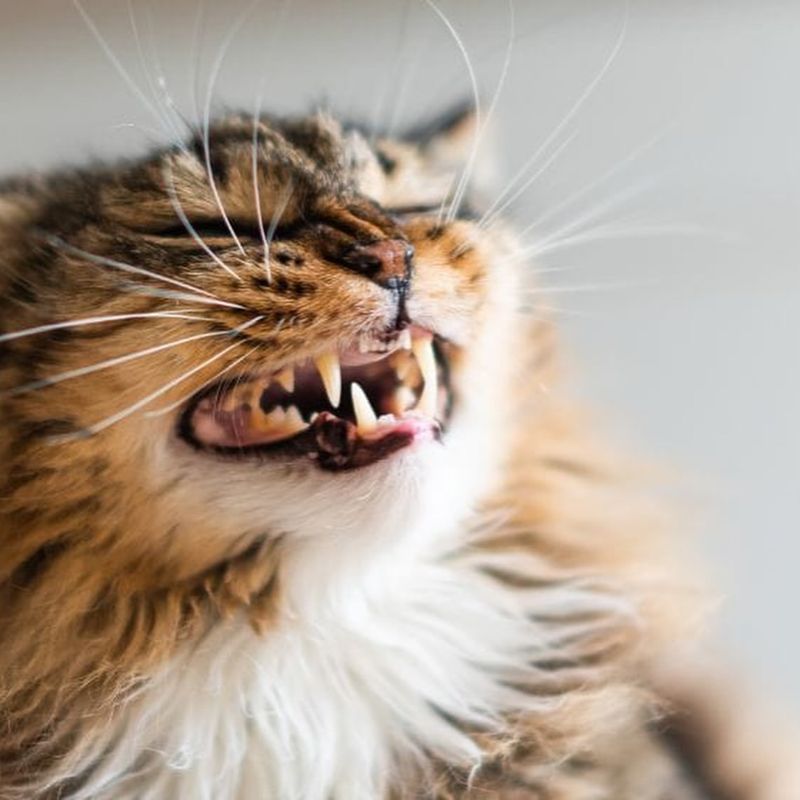📖 Table of Content:
So, you’ve decided to take on the noble (and slightly hairy) mission of grooming your pet at home. Kudos to you! Grooming your furry friend can be a great way to bond, save some cash, and ensure your pet feels as fabulous as they look. But let’s be honest: it’s not all bubble baths and wagging tails.
For first-timers, the path to perfectly pampered pets is often paved with rookie mistakes—ranging from accidentally turning your bathroom into a splash zone to giving your pet a haircut that screams “bad breakup energy.”
The good news? You’re not alone, and these mistakes are more common than you think.
In this article, we’ll walk you through six missteps many pet parents make when taking on the grooming clippers for the first time. Whether you’re armed with a shiny new grooming kit or just a can-do attitude, we’ve got tips to help you avoid turning your bathroom into a pet spa gone wrong.
1. Using the Wrong Tools
Choosing the right grooming tools is crucial. Many first-time pet groomers use human clippers or scissors, which can be ineffective or even dangerous for pets. Pets have different hair textures, and using improper tools can lead to uneven cuts or injuries.
Instead, invest in quality pet grooming equipment. Tools like pet-specific clippers, brushes, and nail trimmers are designed keeping animal safety in mind. These tools help achieve a professional-looking finish and reduce stress for your furry friend.
Additionally, understanding how to use these tools properly is equally important. Watching tutorial videos or seeking professional guidance can make a significant difference. With the right tools and knowledge, you can ensure your pet’s grooming session is both safe and effective.
2. Skipping Brushing Before Bathing
One common mistake is skipping brushing before a bath. Brushing helps remove loose hair and untangles knots, making bathing more effective. When neglected, it can cause mats to tighten, complicating the grooming process.
Mats, once wet, become harder to remove and may cause discomfort or pain for your pet. By brushing beforehand, you not only make bathing easier but also ensure a more thorough clean.
Develop a routine where you consistently brush your pet before washing. This habit minimizes shedding and distributes natural oils throughout their coat, enhancing its shine and texture. Improving this step can transform your grooming efforts significantly.
3. Improper Nail Clipping
Nail clipping often intimidates first-timers due to fear of cutting too short. Clipping the nails too close to the quick can cause pain and bleeding. Pets may then resist nail trimming in the future, associating it with discomfort.
To avoid this, examine your pet’s nails closely. Locate the quick, a sensitive area, and trim only the excess. If unsure, take off small portions gradually instead of making a deep cut.
Using sturdy and sharp pet nail clippers ensures a clean cut. Dull tools can crush the nail, leading to discomfort. Regular trimming not only prevents injuries but also keeps your pet comfortable walking around.
4. Ignoring the Ears
Ears are often overlooked during grooming, but neglect can lead to infections. Accumulated wax or debris can cause irritation, while damp ears can breed bacteria. It’s crucial to clean them regularly.
Start by gently inspecting the ears for redness or unusual smell, both signs of potential infection. Use a vet-approved ear cleaner and cotton balls to clean the outer ear. Avoid inserting anything deep into the ear canal to prevent damage.
Regular ear checks can prevent infections and discomfort. Incorporating this step into your grooming routine ensures your pet stays healthy and happy. Pay attention to your pet’s ears to keep them free from common ailments.
5. Over-bathing Your Pet
Over-bathing is a frequent mistake. Too many baths can strip your pet’s skin of natural oils, causing dryness and irritation. The frequency of baths depends on the pet’s breed, coat type, and lifestyle.
Typically, dogs benefit from a bath once a month, while cats may need less frequent washing. It’s important to use pet-specific shampoos, as human products can harm pets’ sensitive skin.
If your pet has skin issues, consult a vet for suitable bathing advice. Adjusting your pet’s bath schedule according to their needs keeps their skin healthy and coat shiny. Understanding this balance is key to effective grooming.
6. Neglecting Dental Care
Dental hygiene is often neglected in home grooming. Poor oral care can lead to plaque buildup, gum disease, and bad breath. Regular brushing helps maintain healthy teeth and gums.
Use a pet-specific toothbrush and toothpaste, as human toothpaste can be harmful. Start slowly, allowing your pet to get comfortable with the process. Gradually increase the duration as your pet becomes accustomed.
Incorporate dental care into your grooming routine. Consider dental chews or toys to supplement brushing. Addressing your pet’s dental hygiene prevents future health issues and contributes to their overall well-being.
